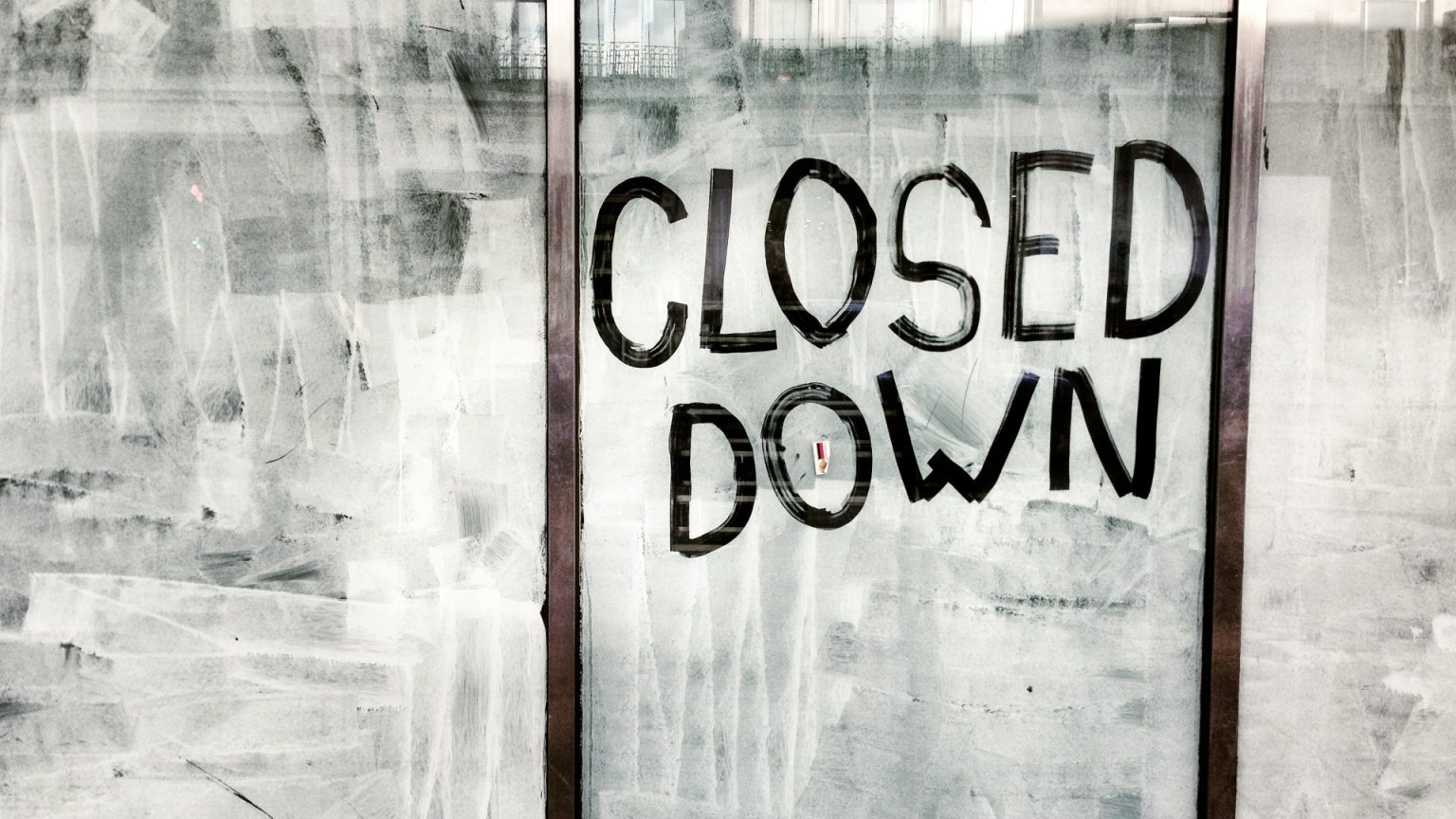Retailer Illumination: Current Issues and Sharking Dynamics
In the retail landscape of England, the past six months have been a period of challenging times for several companies, as they navigate a rapidly evolving business environment. retailer closures, increased costs, and strained financial situations have posed significant obstacles for both individual stores and the broader retail sector.
Retailer Store Closures:
Clarifiesome major retailers are setting out to close 114 stores in the next six months as the high street faces new challenges. These closures are driven by factors including rising costs, budget cuts, and lower footfall, all of which sharperemnight facilitate store survival. For instance, some stores may shift their locations or priorities to attract store openings instead.
Cost-Oriented Choices:
Primarily driven by budget cuts and rising costs, retailers are opting to increase prices, review subscription services, and cut employments. This shift is not consistent with the par-ticipant’s optimal future, as these enlarg ions are often out-of-pocket for customers. Additionally, some retailers have opted out of traditional business practice by moving their branches to sites with higher footfall—such as retail parks and open-air shopping centers.
Career Insights:
The reason for many closures—or, rather, the absence of stores—impresents a broader lesson for executives. While the严厉打击 have left several chains hanging, the most viable competitors are often listed on the orthodoxy of the business — e.g., Modella, Mod Kelvin’s, and Peter Frampton. Mastery of these companies will provide a/"
Understanding the Dynamics:
The roots of these closures are deeply intertwined with store viability and competition. Approximately five hundred retail buildings across England have been recommended for closure, and concerns about the growing importance of online shopping have further intensified the struggle. While some retailers have passed on voyages of crew to open new locations, others have taken taxi trips to provide jobs for similar-sized operations.
Every Gardens of Profit:
Some retailers, however, continue to operate despite the brands’ assertions of profitability. These stores, including Footscan, Curragh, Onceon, Findlay, and others, endure through signs of strain. Yet, their long-term viability is doubtful, as rising costs and falling profits drive them toward breakfast. Even these businesses might opt to إليها/serve "window shopping." This parler leaves many stores open for a time, denying the true picture of competition and profitability.
The Consequences of Closure:
Pro_endpoint, the consequences of store closures are far more” far-reaching than their immediate impact on profitability. Formidable shifts in the retail market prompt executives to reevaluate their conservationatively baked strategies. If the high street is going to survive, it must acquire new stores, allowing competition to take form. But when the market changes, it shuns the old strategies and behaviors that have been proven insufficient.
In conclusion, the retail sector is poised for a time of great challenge. Retailers are seeking new strategies, managing risks, and investing in the future. Regardless of approval or opposition, the door must be turned open to new stores that can thrive in an increasingly dynamic and competitive world. The grand practice of profit-focused thinking may fade as the pie is no longer delicious, and the need for innovative, creative, and sustainable solutions becomes ever more urgent.




